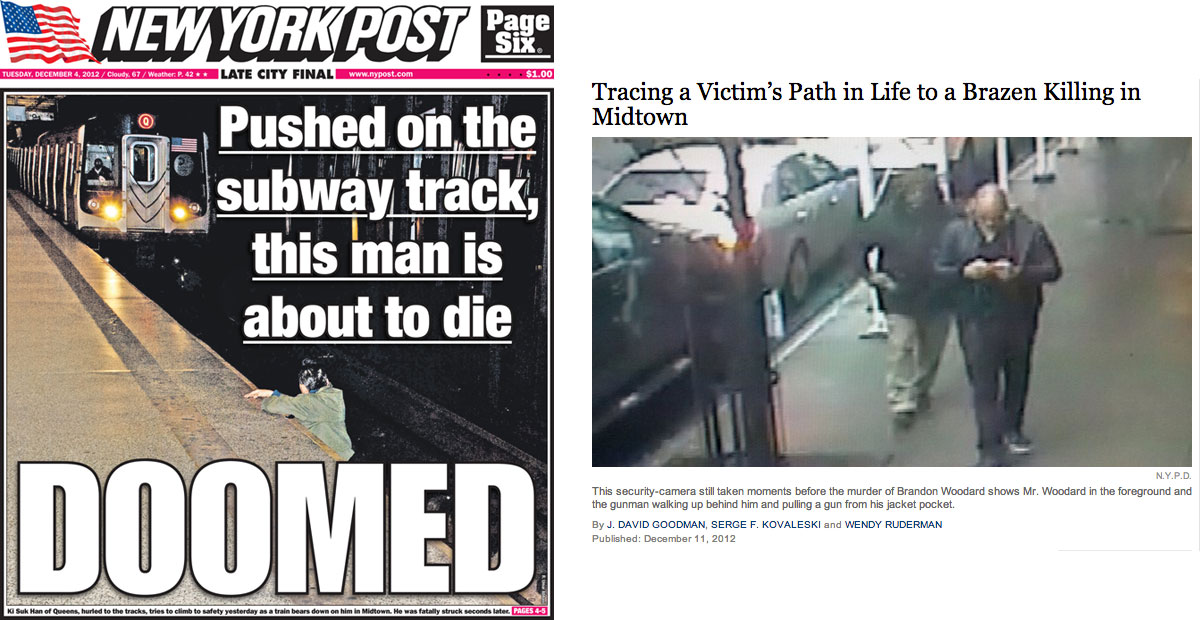I just returned from a vacation in Italy where we saw many wonderful sites. Seeing Saint Peter’s Basilica in person was truly amazing. The Colosseum, the Sistine Chapel, and the cathedrals in Sienna and Florence were highlights of the trip. Seeing these sites up close and personal was a reminder that a picture seldom does justice to the real thing. However, as the modern expression goes, “if there’s not a picture, it didn’t happen” …which leads me to the point of this post.
Present everywhere we looked was the ubiquitous selfie stick. And for those traveling with friends, lots and lots of cell phone cameras being used to document every step of the way. I didn’t take my cell phone but I did carry a camera…so I’m not above criticism.

But what surprised me a bit was the posing that seemed to accompany the act of documentation. Watching people paste on their smile or pouty lips just before pushing the button was a reminder that what we see on social media is a carefully curated version of our lives. We take multiple pictures until we’re satisfied with the shot that will be uploaded to Facebook, Instagram or Snapchat.

To the right is a picture of a gal and her friend in the baptistry at the cathedral in Florence. Please forgive me if it appears that I’m judging her personal piety, but it did seem odd that she folded her hands just long enough for her friend in the dark blue dress to capture the shot.
Elsewhere I saw plenty of folks taking pictures of themselves or their companions in poses that shouted, “I’m having the time of my life in this very famous place!”
Something that has been a real game-changer is the low cost and instant publishing made possible by digital photography’s marriage to the mobile phone.

The irony of this struck me as I took a photo of a young girl having her photo taken with a Kodak sign visible nearby. Just a decade or two ago photographic film and processing required made photography a fairly expensive hobby that required delayed gratification (waiting for the film to be processed and printed) before you could even think about sharing the experience with others. Now the picture is taken, reviewed, and uploaded to a global audience in seconds, without any consideration of cost.
But it is not just digital photography that has changed the way we live our lives.
Video games are a constant distraction for young and old. I watched children and adults playing games on their portable devices even while on vacation in amazing locations.  My wife calls it “playing Gameboy in the middle of the Grand Canyon” syndrome. This little guy may have been a local so perhaps he was just killing time the way youngsters do in nearly every developed country.
My wife calls it “playing Gameboy in the middle of the Grand Canyon” syndrome. This little guy may have been a local so perhaps he was just killing time the way youngsters do in nearly every developed country.
Digital media that connects us instantly to our friends across the room or around the world has changed us…whether for the better or worse is up for discussion. As we explore mass media this summer let’s remember to think critically about how our experiences creating and consuming media change us and those around us. Only then will we be “smart” users of our smart devices.



